Mulching, Upcycling, and Heeling In: How to Protect Plants in Winter
So you’ve spent a great deal of time, energy, and cold, hard cash throughout the spring and summer on your garden. And you’ve been richly rewarded with a more beautiful, biodiverse, and bountiful environment. Now fall is in the air, and it’s time to turn your thoughts to colder months and how to protect your plants in winter. In order to build on this year’s success, winter plant protection is essential. After all, why would you start from scratch in the spring when protecting plants in winter can give you a tremendous jump-start on next year’s garden?
Here are three simple strategies for how to protect plants in winter. They’ll give you and your garden a leg up in the spring.
1. Winter mulching: Perhaps one of the easiest and most efficient ways of protecting plants in winter is to use mulch. Heap up shredded or whole fall leaves, pine straw, or bark mulch around your perennial flowers, herbs, shrubs, and fruits and veggie crowns. Mulching moderates soil temperatures, blocks cruel winter wind, and preserves moisture in your soil. In spring, push the mulch back gradually, and turn it under or add it to your compost pile to put nutrients back into your garden. It’s definitely a win-win. Winter mulching can prevent a phenomenon known as “freeze-thaw” – the result of water in the soil freezing and expanding then thawing and contracting. This process pushes plants up and out of the soil, leaving the roots vulnerable to freezing. Also known as “frost-heave,” it’s one of the main causes of winter kill in many parts of the country.
2. Up-cycle: Bubble wrap, old windows, picture frames, shower curtains — you name it. Creative minds are using a multitude of “found treasures” to create deliver winter plant protection. Cold frames, hoop houses, high tunnels, and greenhouses can make growing plants in winter possible in many parts of the country. Fresh salad greens, peas, root veggies, and many cole crops thrive if you provide winter plant protection. Whether you buy protective structures or cobble them together, you can create an inviting micro-climate on your patio, deck or in your own backyard. Harvesting tender, fresh produce in the short, dark days of winter makes the effort of growing plants in winter all the more rewarding. Snoop around online for inspiration and ideas. And take advantage of sunny fall days to put together your one-of-a-kind solution for how to protect plants in winter.
3. Heeling In/Moving In: Container gardeners offer even greater flexibility when it comes to providing winter plant protection. One tried-and-true approach is to group your containers together, and heap soil and mulch over the containers in a method called “heeling in.” Most nurseries and garden centers use this method to protect unsold stock for the following spring. Place your pots at an angle for greatest efficiency, and let your containers go partially underground for winter plant protection. If you have the space and some sunshine or grow lights, growing plants in winter can be even simpler. Containers, especially lightweight fabric containers, can move indoors for protection from winter weather. Be sure to check your soil and plants for insects before moving them indoors, and be prepared for some leaf drop and slower growth. If you bring your plants indoors, winter plant protection and growing plants in the winter can be a snap.
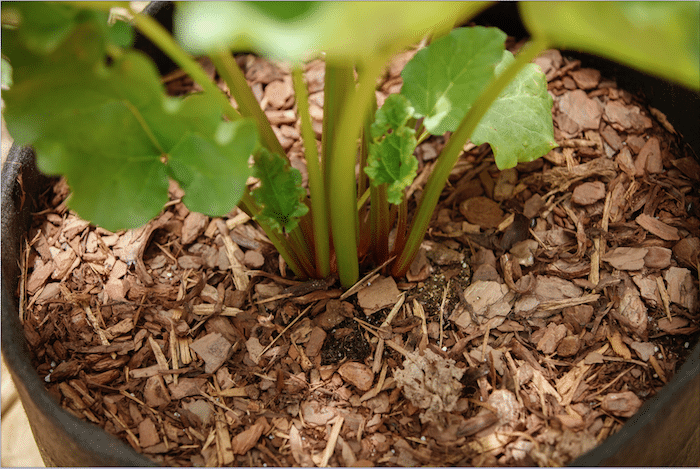
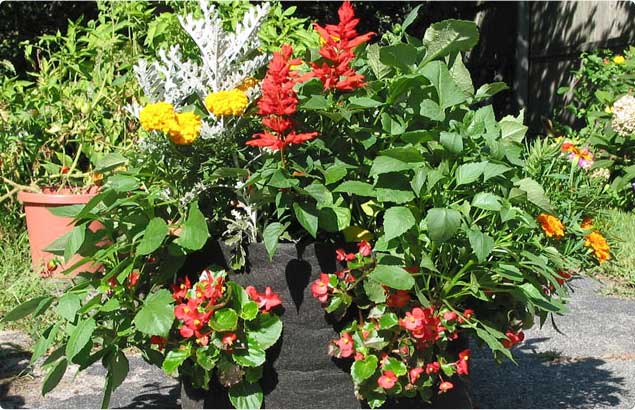
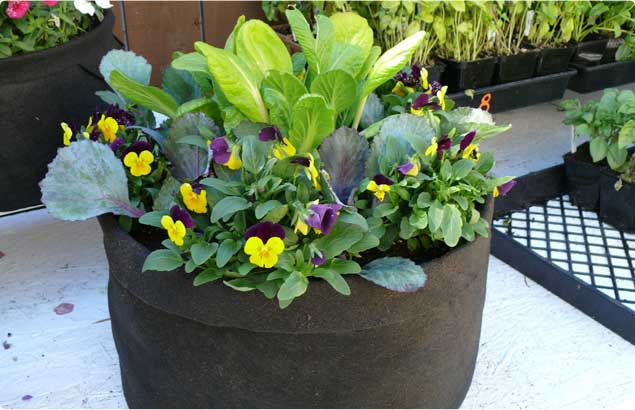
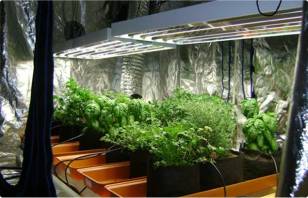
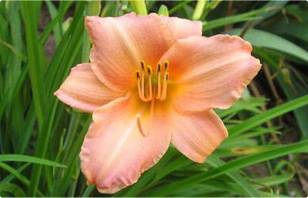
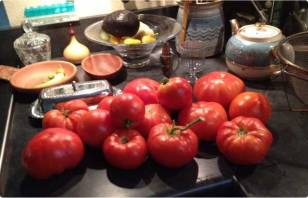
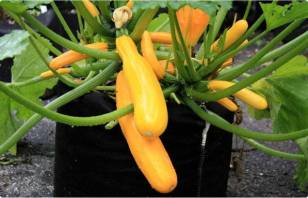
The first and most important rule is to water well before a freeze to help prevent freezing air from reaching the plant roots. Then apply your protection.